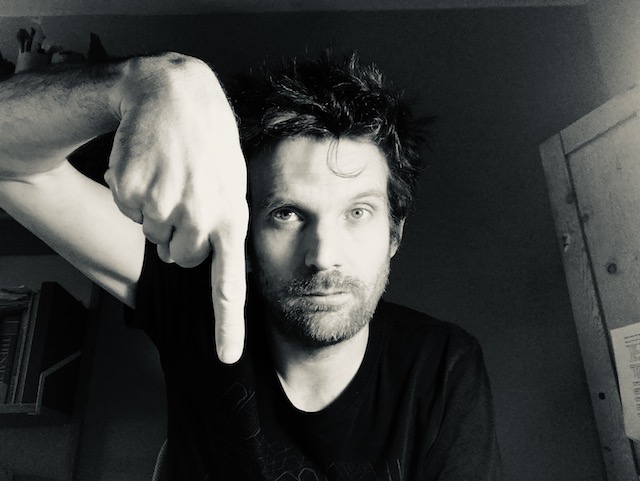Zero in
Figure out
Tidy up
Manage down
Validate
Mitigate
Prioritise
Optimise
Strip it back
Keep it clear
Make the risks
All disappear.
These all sound like good things to do on a project, and are what engineers (and other humans) spend a lot of time being trained to do. And it makes sense – we manage projects that come with big risks and sometimes big budgets.
All of these processes are forms of convergent thinking: ways of working that take a situation with many possibilities, inefficiencies and uncertainties and reduce it to something more refined, more singular, more known.
This approach is fine if what you are starting with contains the elements of the right answer. You can take some approximately right answers and iteratively improve them to make them better and better.
But if the starting point isn’t the right approach, optimising it won’t make it better. You just make the wrong answer more efficient.
So we need to balance convergent thinking with divergent thinking that opens up the problem, that sees what else might be possible. But first, let’s go for a walk…[to be continued tomorrow].
